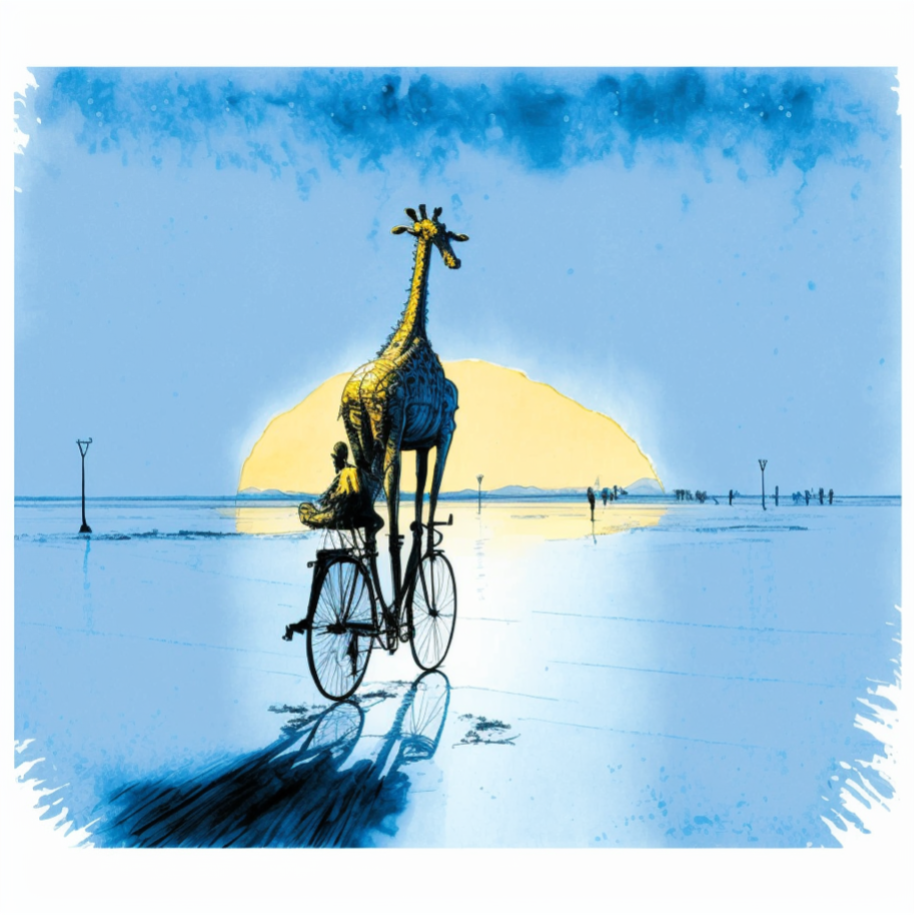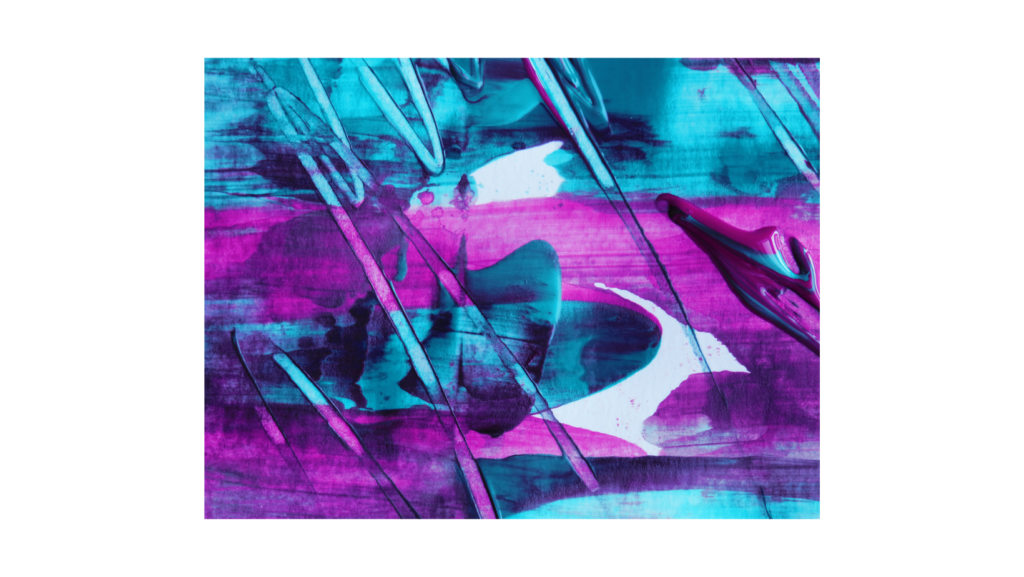What is artificial intelligence?
To give a few examples, Encyclopedia Britannica refers to artificial intelligence (or “AI”) as “the ability of a digital computer or computer-controlled robot to perform tasks commonly associated with intelligent beings”, whilst Investopedia prefers “the simulation of human intelligence in machines that are programmed to think like humans and mimic their actions”.
There are countless other definitions of AI, and these definitions have evolved as AI has increased in sophistication and become applicable (or at least theoretically applicable) to almost every aspect of everyday life. And this application includes the creation of art.
The link between AI and art
Technology now exists that enables people to create highly sophisticated designs with the assistance of AI. The process can be as simple as inputting a few text prompts to describe the circumstances that the individual wants to capture in visual form, with this being enough for the AI to then work its magic.
There are a broad range of programmes now being used by artists and amateurs alike – including MidJourney, Stable Diffusion and DALL-E – which use machine learning models to generate unique designs based on text prompts.
ARTificial intelligence in practice
To give an example, we typed the following prompts into an AI programme focused on the creation of unique designs: “sketch drawing of giraffe riding a blue bicycle on the salt flats at dusk, by Salvador Dali, vivid colour, intense lighting”. And almost instantly, the AI algorithm produced the following image.

This ease of use has led to a recent surge in AI-generated art. This isn’t to say that people are no longer “creating”. Human input is still needed to formulate ideas, express concepts, and provide general direction. It’s just that AI can take care of the rest. In this sense, AI serves as an additional tool – a collaborator of sorts – that enables people to access new forms of creative expression. Even if they lack the ability to draw, paint or manually create graphic designs.
Who owns designs created by artificial intelligence?
As is usually the case with disruptive innovation, the development and use of AI in the context of creations has given rise to a broad range of legal issues, especially in relation to ownership rights. One of the key questions up for debate is whether a person or organisation can own the intellectual property rights in something created by software. Or in other words: is the work attributed to the creative mind of the artist, or the AI program through which it is created? And this is where copyright comes in.
Can AI art be protected by copyright?
Copyright is an intellectual property right that arises automatically once art and other types of creations (such as artistic, musical, literary and dramatic works) are created or recorded. Under UK law, ”computer-generated” work is protected by copyright for 50 years following its creation, and this includes works created autonomously by a machine without a human author.
However, although intellectual property protection (i.e. copyright) is afforded to the work, this doesn’t settle the question of who actually owns the intellectual property (i.e. who has the right to exploit and enforce it).
UK law states that as a general rule for computer generated images, the owner is the person who made “the arrangements necessary for the creation of the work”. Now, this might be fairly simple where, for example, a graphic designer plugged in all the relevant information to guide an AI algorithm towards the creation of a design.

So what’s the problem?
Well, what happens when there are various parties that contributed significantly to these “arrangements”? For example, who should take priority from the following contributors: the person or organisation that created the relevant software; the person or organisation that trained the relevant algorithm; and the user (i.e. the artist) who uses the software to create a piece of art?
It’s not a simple question, as in many cases, AI now goes beyond simply being a tool to facilitate a person’s creation. Instead, it makes many of the decisions involved in the creative process, without human intervention. In such scenarios, the software creator and the algorithm trainer may arguably have had more input than the individual who eventually uses it to create an artistic work.
Are there any potential solutions?
Some AI platforms clarify who owns the works that their algorithms help to create. But in other cases, the lack of clarity around the default legal position has opened the door to a broad range of ownership-related disputes. Whilst not related to an AI platform, we have seen this in play in the US with the infamous “Monkey Selfie” Case, which involved a monkey nabbing a photographer’s camera to take a series of selfies. In short, as the monkey was not a human, it could not own the copyright in the photos it snapped, which is a reasoning that has been followed by the US Copyright Office to register a creation in the name of an autonomous AI program.
What about joint ownership? Well, under UK law, copyright can be jointly owned where the relevant creation has been produced by more than one author and the contribution of each is not distinct from the others. Perhaps this concept could be applied to AI art, although as previously highlighted, it’s also difficult to see a court in the UK recognising a machine as a joint creator.
How about policy? Well, in 2021, the UK Government published its “National AI Strategy”, which focuses in part on simplifying the commercialisation of AI technologies to ensure that creators have the right tools to protect their intellectual property. Whilst it’s unclear precisely how this will be achieved in practice, hopefully this will go some way towards triggering changes to the law to clarify the question of legal ownership.
In part 2 coming soon, we discuss AI art and copyright infringement and our conclusions on the legal challenges around developing art using AI. Let us know your thoughts by commenting below.
This article has been prepared for information purposes only. The content does not constitute legal advice and should be relied upon. For specific queries, legal advice, or any further information, please contact us on LinkedIn or via hello@founders-law.co.uk


